|
Not at the pace of “baby season,” but they’re still trickling in! The hummer from the last update was successfully released and led me & my niece Caitlan on another merry chase, this one outside, as we attempted to snap a few photos of his release. Here’s the best of those shots. And yet another hummer came in, with no apparent injuries but unable to fly. For at least two weeks before I got him, he’d had an exclusively commercial nectar diet, which is fine for free-flying hummers with access to other food sources but not for a captive bird. I started him on a nutritionally balanced formula immediately, and he seemed very alert and active. Unfortunately, the extended period of crap diet took its toll and he succumbed to what appeared to be a heart attack just three days after intake. Five of six possums are now on their own; I held the runt back to see if she’ll grow any larger. I suspect not, but I’m reluctant to release her until she’s at least had a chance to get a little bigger. Weight isn’t an issue; she’s actually quite fat for a possum. She’s just not quite long enough for release yet. (Weight factors into a release decision, as does the actual nose-to-butt, tail not included, length of the possum.) LWR also received this lovely pigeon recently. He’s not tame but he’s not a wild bird. This color pattern isn’t seen in wild populations; as best I can determine he’s an American Roller breed, color pattern grizzled. Unfortunately, he’s not banded, so I can’t reunite him with the breeder who released him, most likely at a wedding. That’s a stupid practice that does nothing but cater to the vanity of the newlyweds; the white/whitish homing (or racing) pigeons released may or may not make it back home. I have a very low opinion of the breeders who engage in this practice and in racing their birds, as I’ve only dealt with one who cared enough to retrieve his bird when it didn’t make it home. See, homing/racing pigeons fly until they literally drop from exhaustion, and then they eat voraciously to rebuild their strength. HOWEVER…they’ve often been fed exclusively commercial pigeon diets and have no idea how to forage in the wild, so they end up starving to death. And anyone who releases these birds for weddings and doesn’t have them banded beforehand obviously doesn’t care enough about them to worry whether they live or die. This is irresponsible and reprehensible, in my admittedly biased opinion. This young adult flying squirrel was attacked by a dog and while nothing felt broken, he didn’t make it through the night for me to have x-rays done to confirm. I suspect there was nerve damage and possibly broken ribs that punctured a lung, as he was “crackling” when he breathed. You have no idea how I hated to lose this little fellow. I adore flying squirrels but see relatively few in rehab. They’re nocturnal, so most people don’t even realize they exist until they encounter one of the sweet little rascals, and then they’re often not sure what they have. Sometime when the update is shorter, I’ll have to tell you about the first flyer I rehabbed, who overwintered with me. We also had a first-year female Cooper’s hawk come in after colliding with a plate-glass shop window in town. Look at the paranoid expression on her face! Actually, Coops are pretty psychotic hawks, anyway, but this young lady also had a concussion and the accompanying massive headache. She was lucky that nothing was broken, however, so after a few days of R&R at the LWR bed and breakfast for raptors, she was good to go. She was quite a happy camper, although the chickadees and titmice where I released her were less than thrilled. A Coop’s primary diet is songbirds, so you can understand their displeasure, but I wasn’t releasing her back in town to collide with another plate-glass window! I leave you with another couple of shots of the released Coop:
0 Comments
Your comment will be posted after it is approved.
Leave a Reply. |
Archives
April 2023
Categories
All
|
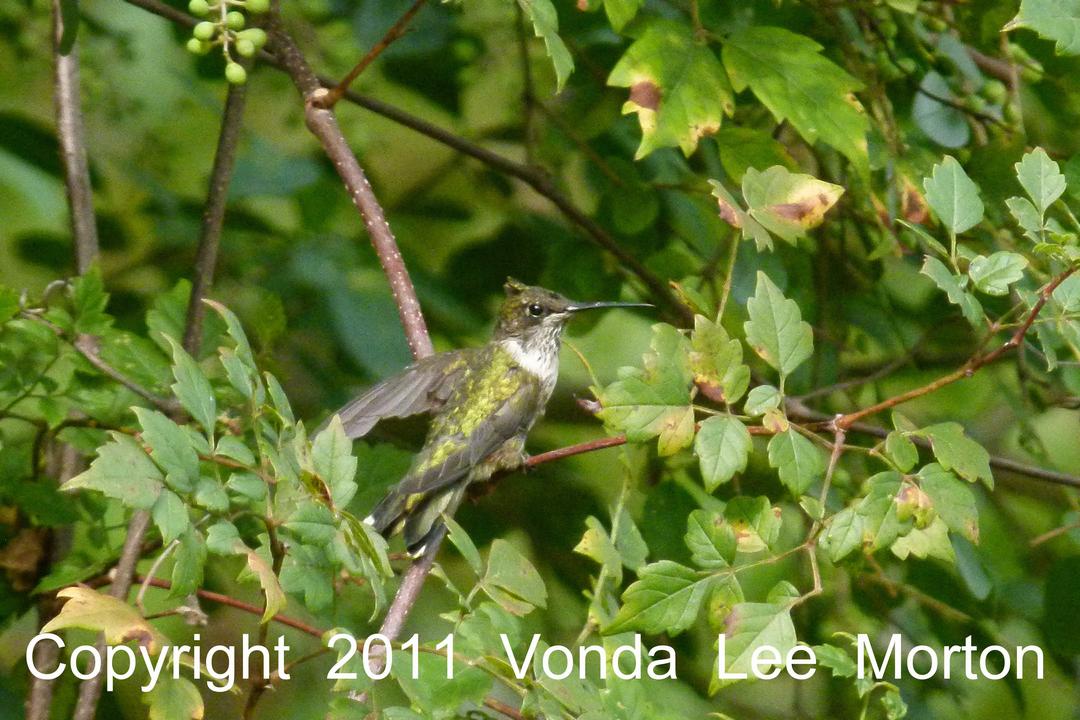
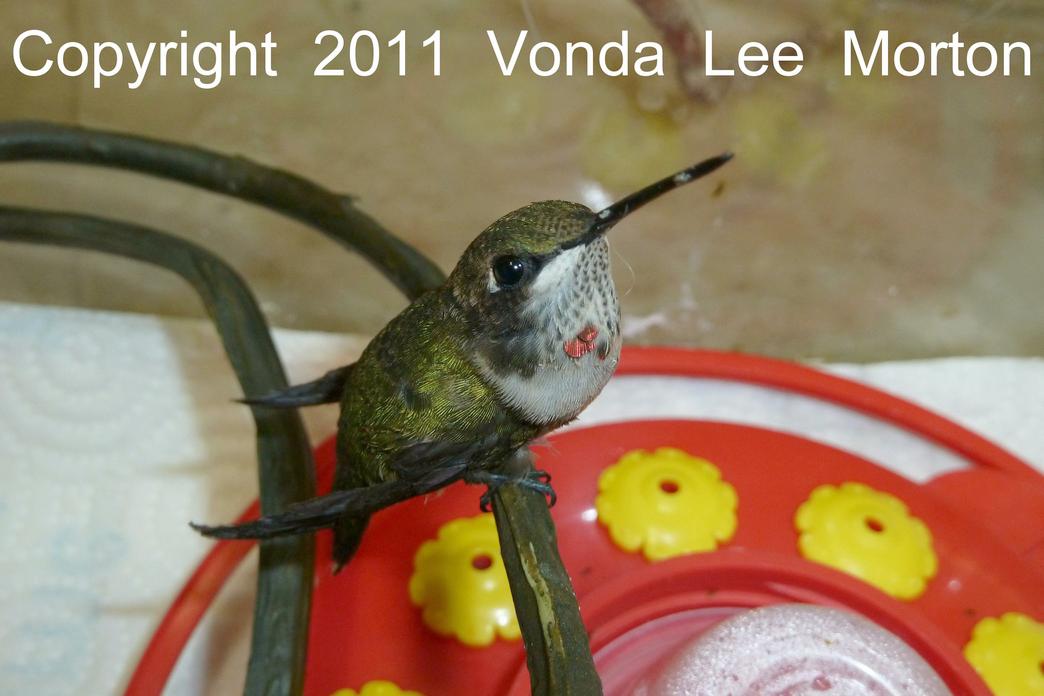
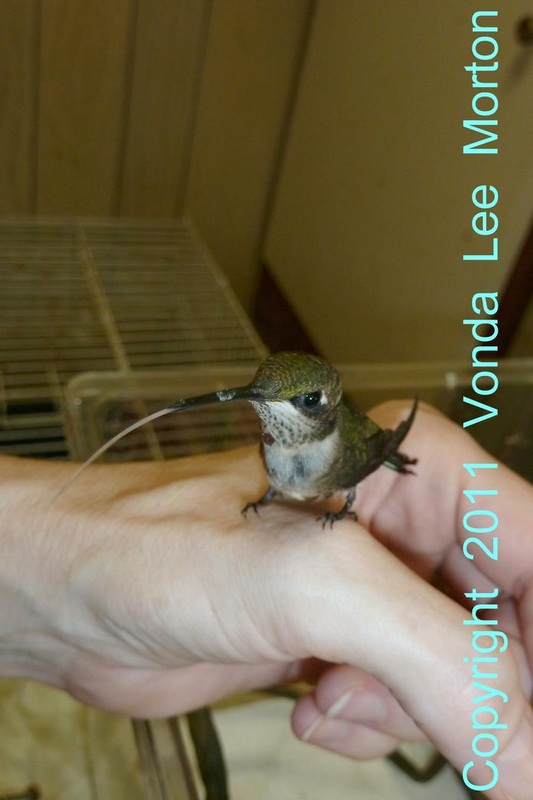
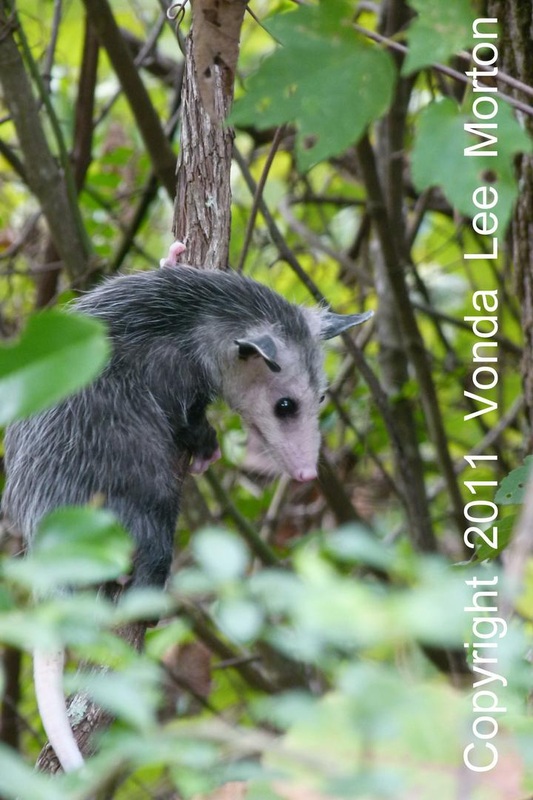
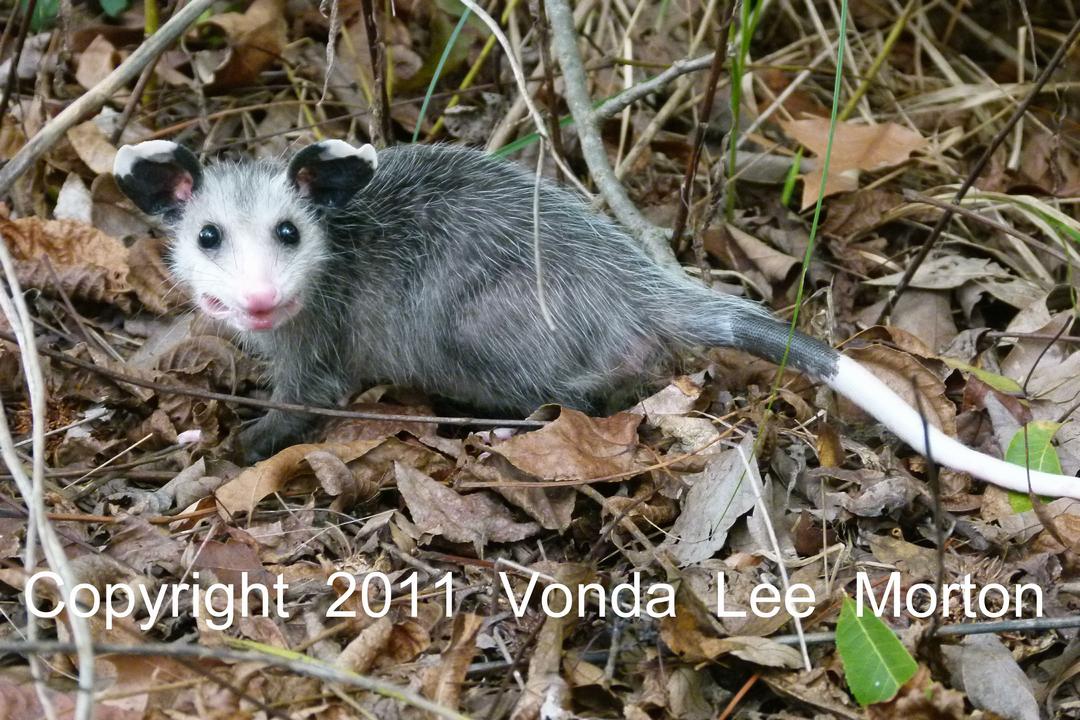
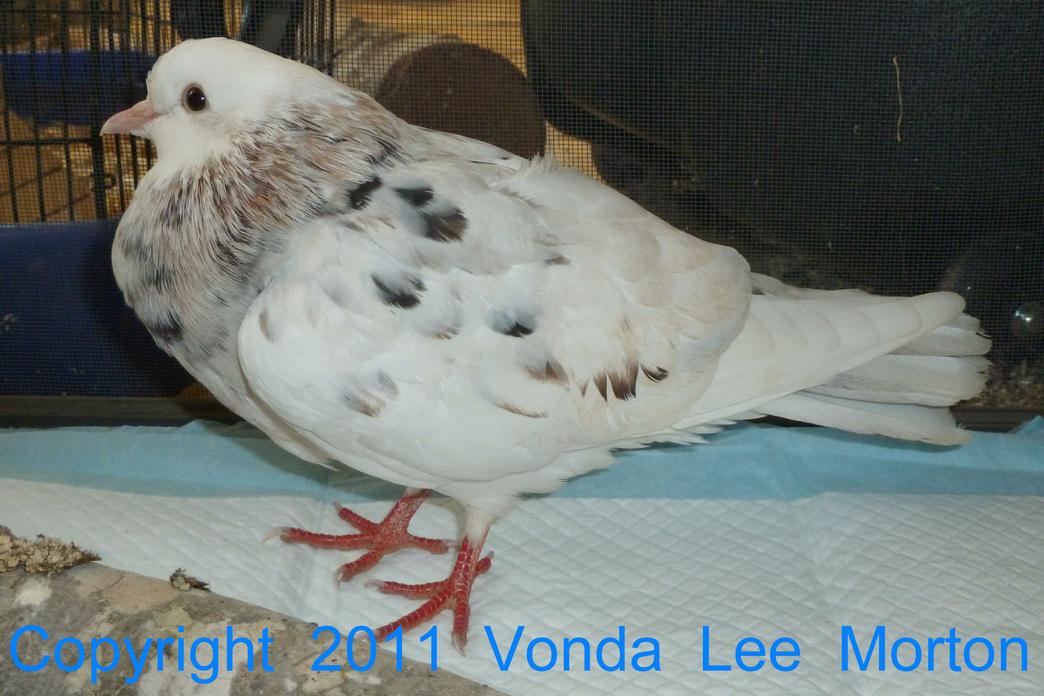
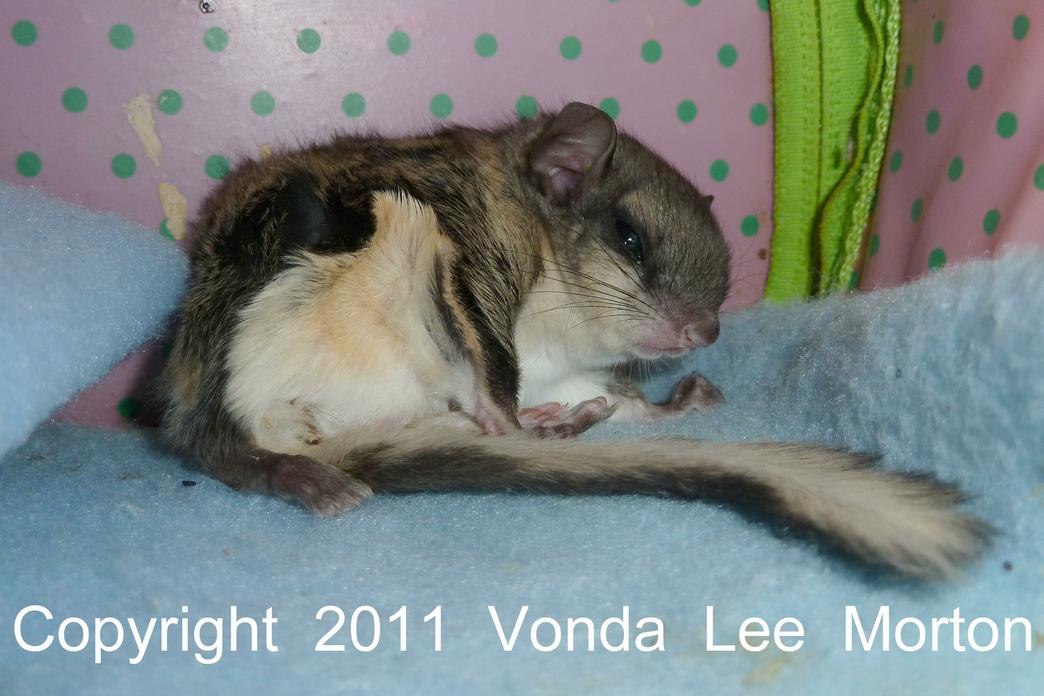
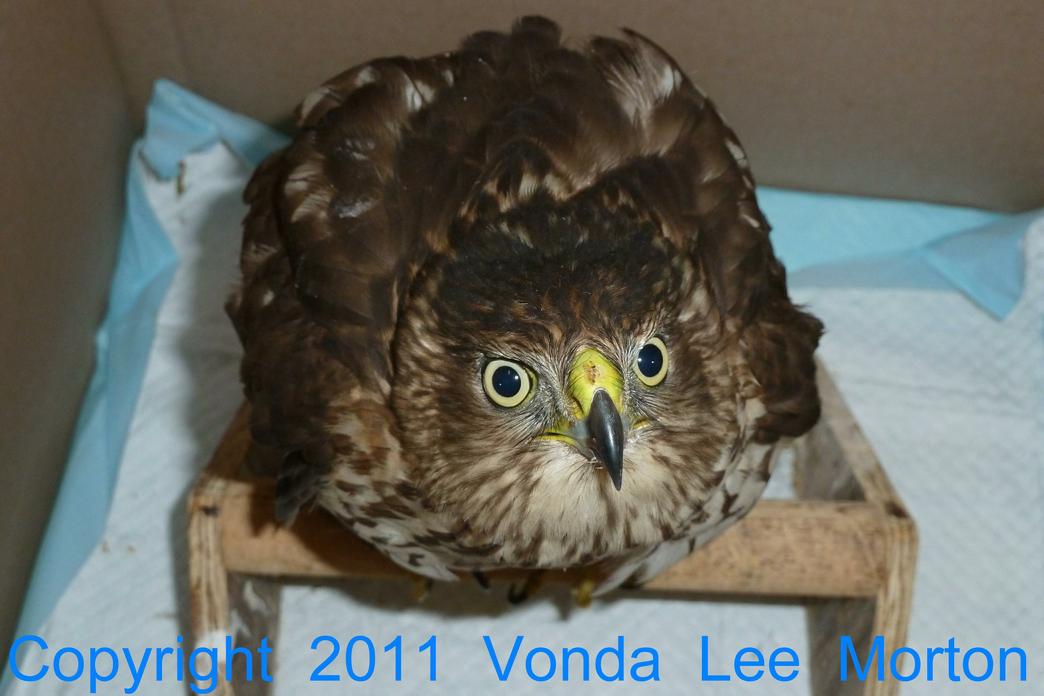
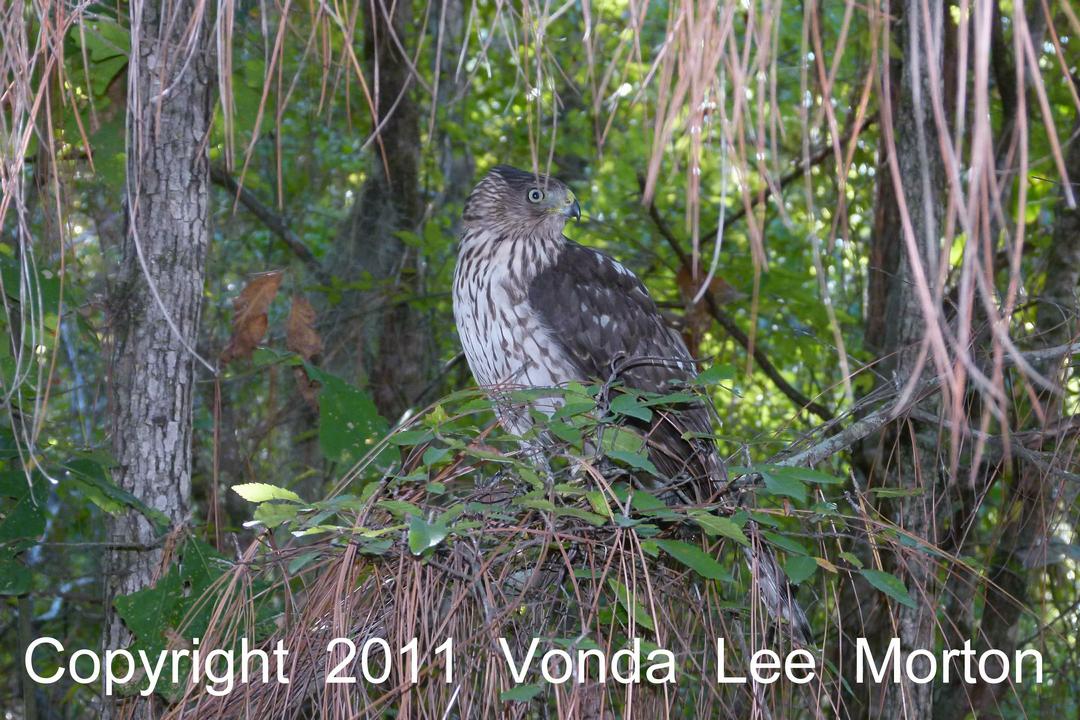
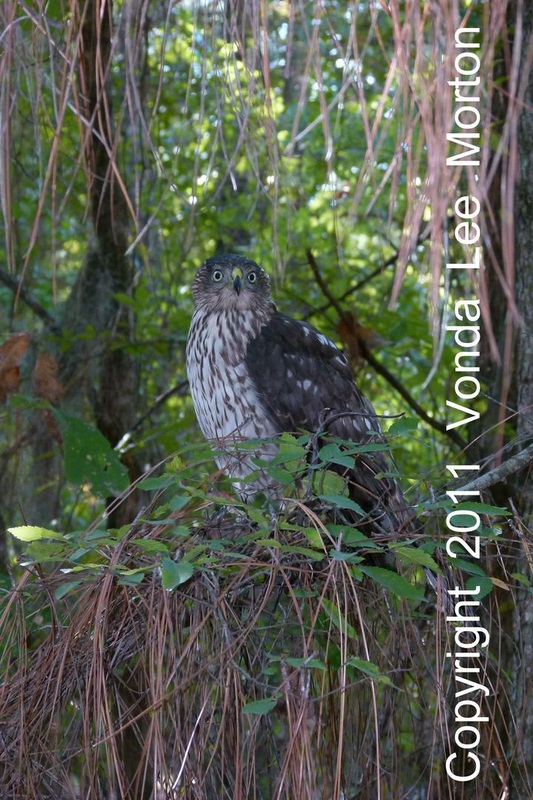
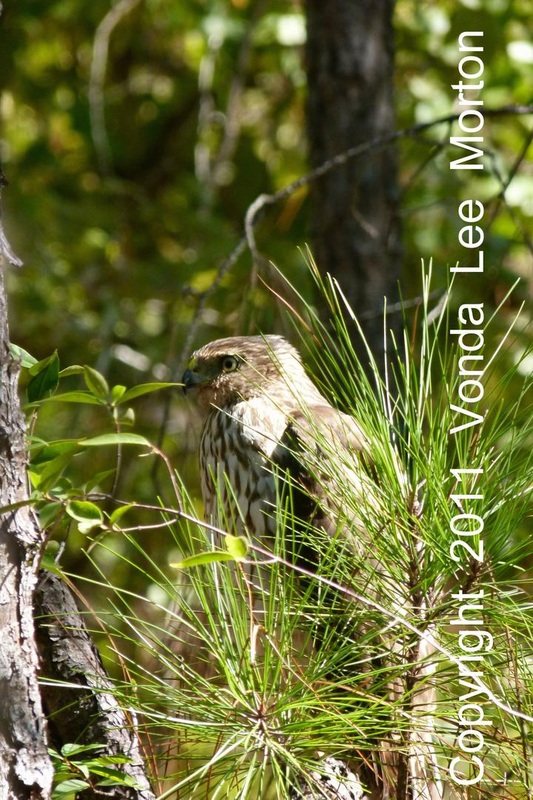
 RSS Feed
RSS Feed
